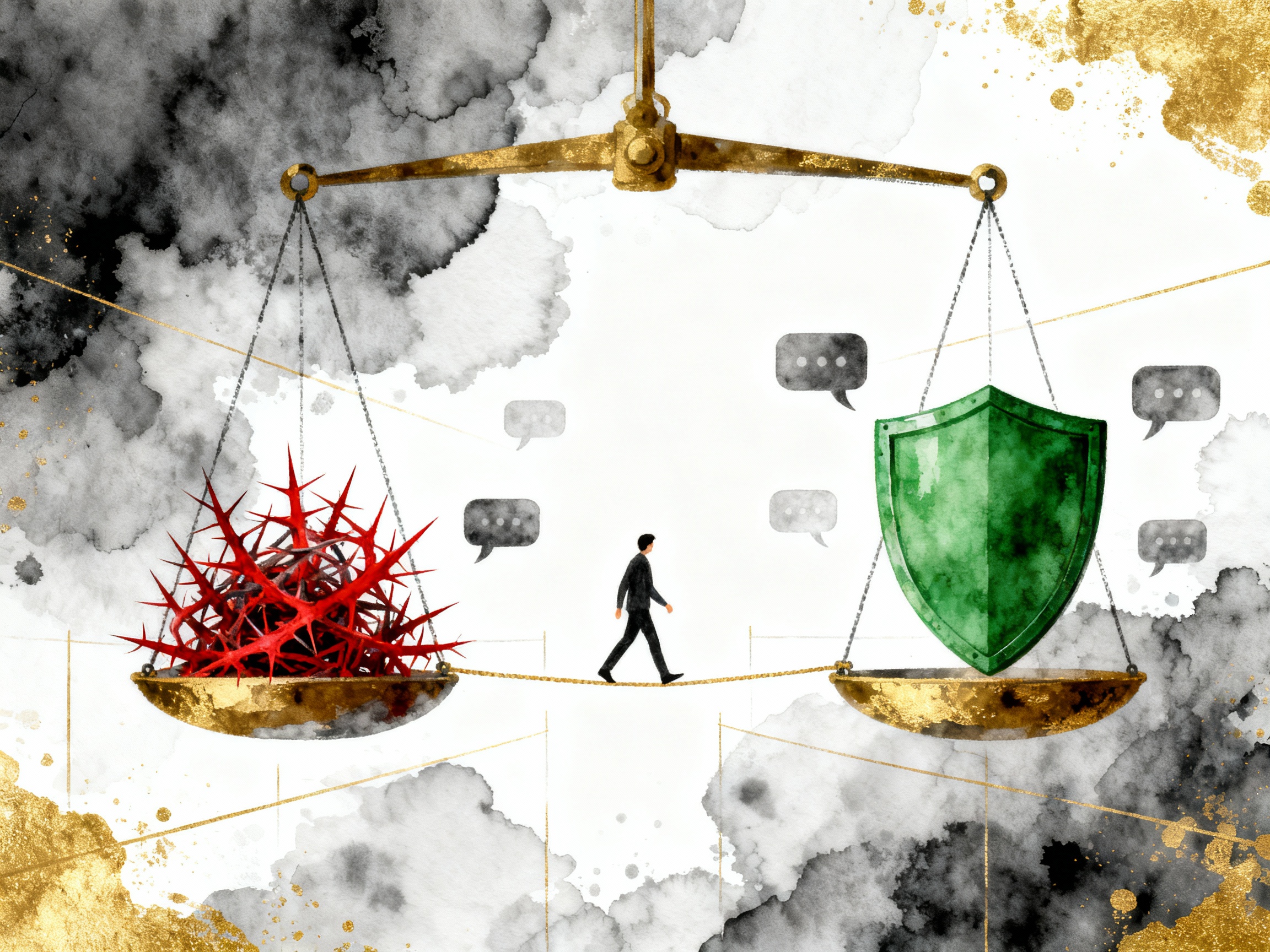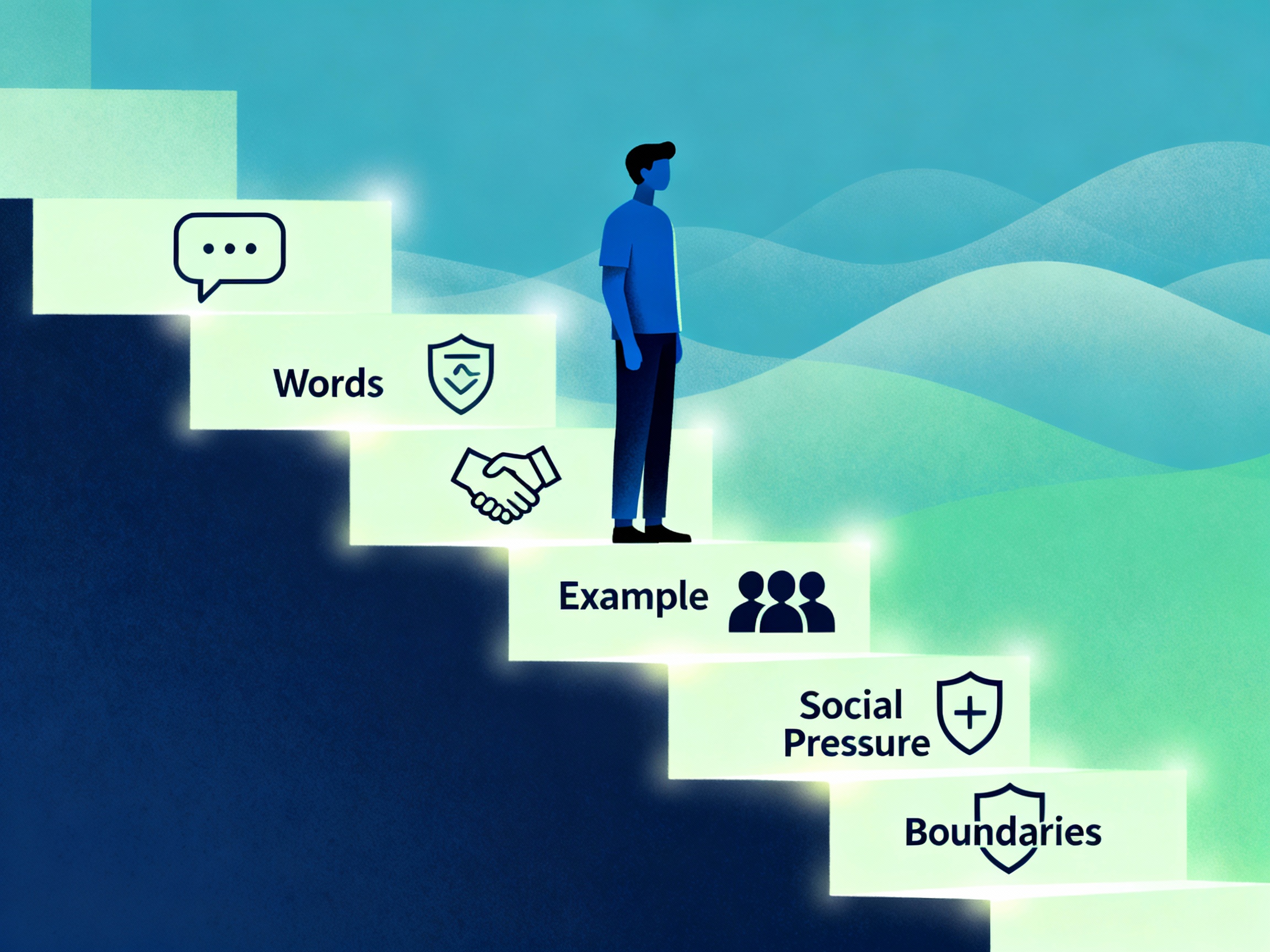
How to Deal with Disrespectful Behavior: A Step-by-Step Approach to Maintaining Boundaries
In everyday life - at work, in the family, or in casual interactions - we often encounter people whose words or actions border on rudeness. Interruptions mid-sentence, sarcastic remarks, ignoring others' opinions - such moments can undermine confidence and leave a bitter taste. But how to respond without losing self-respect and escalating the conflict? In this article, I will explore a systematic approach: from internal analysis to practical steps. This is not about quick "life hacks," but about a consistent strategy that takes into account the human factor and minimizes escalation. We will go through the stages, add examples, and summarize so that you can apply this in your reality.
Why Rudeness Arises and Why It's Important Not to React Impulsively
Before acting, it's worth understanding the context. Disrespectful behavior is rarely directed solely at you. Often it's a projection of others' problems: stress from overload, insecurity masked by aggression, or simply a habit rooted in a culture where "straightforwardness" is confused with rudeness. Research in psychology (such as Daniel Goleman's work on emotional intelligence) shows that an impulsive response to such a provocation activates the "fight or flight" mode, which only increases tension. Instead, it's useful to introduce a pause - a moment for assessment. This is not weakness, but a tool: you give yourself time to gather facts and choose a proportional response.
Imagine a situation: a colleague interrupts you at a meeting with a phrase like "You're talking nonsense again." Your first impulse is to snap back or fall silent. But a pause allows you to ask yourself: "Is this an isolated incident or a pattern? What exactly bothers me - the tone, the content, or the feeling of inequality?" Such analysis reduces emotional intensity and opens the way to constructive actions. As a result, you protect not only the moment but also long-term well-being - yours and the relationship's.
Step 1: Protecting Dignity Through Internal Guidelines
Any strategy begins with a fundamental rule: your dignity is a sacred space that you have the right to protect. But protection does not imply attack. The idea is to respond in a way that does not lower you to the level of provocation. This means avoiding retaliatory rudeness, which only confirms the stereotype of "an eye for an eye." Instead, focus on boundaries - clear lines beyond which you do not allow yourself to be hurt.
The practice here is simple: after an incident, write down three things. First - what exactly happened (facts, without interpretations). Second - your feeling (irritation, resentment). Third - the need it violated (respect, equality). This exercise, similar to mindfulness techniques, helps translate emotion into clarity. In the long term, it builds internal resilience: you learn to see rudeness not as a personal attack but as a signal for interaction adjustment.
An example from office life: you share an idea in a brainstorming session, and the manager dismisses it: "It won't work, forget it." Record: "Fact - idea rejected without discussion. Feeling - disappointment. Need - to be heard." This doesn't change the manager's words but gives you a map for the next step.
Step 2: Ladder of Impact — From Words to Distance
Responding should be gradual, starting with the softest option. This is the principle of proportionality: use just enough effort to stop the harm. The ladder includes five levels, but in most cases, the first two or three are enough. Move up only if the lower ones don't work.
Level 1: Verbal Clarification (Words as a Tool)
Start with a conversation - not an accusation, but a description of the situation. The key is a formulation that focuses on behavior, not personality. Use the structure: observation (what I see) + feeling (how it affects me) + need (why it's important) + request (what I propose). This makes the message neutral and solution-oriented.
An example in a conversation with a friend who constantly makes hurtful jokes: "When you say 'You're always late, like a slowpoke,' I feel uncomfortable because it's important for me to feel support, not mockery. Could you share your observation without comparisons?" This approach invites dialogue, not defense. If the person is capable of empathy, they often adjust on the spot.
In a professional setting, it works similarly. In the same meeting: "I see that my idea was interrupted. It's important for me to finish my thought so we can discuss all aspects. Can I continue?" This is not a confrontation but an invitation to collaborate.
Level 2: Nonverbal Example (Behavior as a Mirror)
If words don't help, move to actions - become a model of respect. Continue to communicate calmly, professionally, without escalation. People often adjust to the tone, especially if they see that rudeness doesn't give an advantage.
Example: a neighbor who ignores your requests for silence, but you don't shout back - you just put on headphones and continue your day. Over time, they may notice that their tactic doesn't work and switch to normal communication. This is a passive but powerful form of influence: you model the desired behavior.

Level 3: Social Pressure (Boundaries in a Group)
When the problem repeats, introduce gentle pressure through context. In a group, publicly establish a norm, but without attack. This creates a social vacuum for disrespect - no one wants to be "that person."
Example at a team meeting: "Let's agree: everyone speaks to the end without interruptions. This will help everyone contribute." If someone violates it, remind them neutrally: "Remember our agreement? Let me finish." In personal relationships: "I value our friendship, but such comments hurt me. If they continue, I'll need to take a break from communication." This is not a total boycott, but a targeted pause until correction.
Level 4: Formal Measures (Rules and Mediators)
If rudeness is systematic and affects your safety (psychological or professional), turn to external frameworks. In a company - to HR or the code of conduct. In a community - to moderators. Prepare facts: dates, witnesses, quotes. This is not a denunciation, but a request for justice.
Example: a toxic colleague whose jokes escalate to harassment. You document incidents and file a complaint: "On such dates, phrases X and Y were said, violating rule Z." The organization investigates, and you receive protection without personal confrontation.
Level 5 - extreme, for threats to life or health - is not relevant here. Rudeness rarely reaches this, and escalation to a physical level only exacerbates problems.
Step 3: Risk Assessment Before Action
Before choosing a level, consider four aspects: risk (how harmful is it?), means (what has already been tried?), goal (to protect, not punish?), proportionality (is it minimal?). This is a quick checklist that prevents overreactions.
In the example with the manager: risk is medium (career disruption is possible, but not immediate). Means: words didn't work. Goal: maintain contribution to the project. Proportionality: public reminder of norms, not conflict. Such a filter makes actions deliberate.
Step 4: After the Incident — Recovery and Lessons
Stopping harm is not the end. It's important to close the cycle: internally let go of resentment for your peace, but restore trust only through evidence of change. If the person apologized, give a chance - observe actions, not words. If not - maintain distance to avoid repeating the cycle.
Example: after a conversation with a friend, they promise to change. Check in a week: "How did our agreement go? I noticed improvements?" If yes - strengthen the connection. If not - reduce contacts. This is not revenge, but self-protection.
In the long term, keep a "chronicle": note successful cases. This will strengthen confidence and show patterns - perhaps certain people or situations provoke more often.
Conclusion: Balance Between Protection and Humanity
Dealing with rude people is an art of balance: you stand for your boundaries firmly, but without unnecessary harshness. This approach not only resolves current conflicts but also builds healthier relationships overall. You learn to see potential for growth in others and strength in calmness within yourself. Ultimately, life becomes cleaner: fewer dramas, more space for the genuine.
Try applying the ladder in the next incident - start with a pause and the NVC structure. Over time, this will become a habit, and you'll notice how the world around you becomes more respectful. After all, change starts with you. If you have your own stories or clarifications, share them in the comments - let's discuss.

Leave a comment
Comment